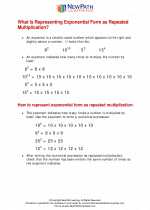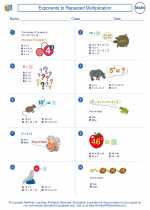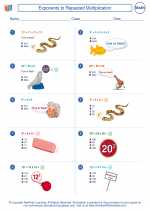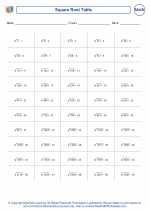Cone: Definition and Properties
A cone is a three-dimensional geometric shape that tapers smoothly from a flat, round base to a point called the apex or vertex. The base of the cone can be any closed curve, but it is most commonly a circle.
Parts of a Cone
- Base: The flat, circular part of the cone.
- Vertex: The point at the top of the cone.
- Slant height: The distance from the base to the vertex along the curved surface of the cone.
- Height: The distance from the base to the vertex measured along a line perpendicular to the base.
- Radius: The distance from the center of the base to the edge of the base (if the base is a circle).
Formulas and Properties
Here are some important formulas and properties related to cones:
- Surface Area: The total area of the curved surface of a cone is given by the formula:
π * r * l + π * r^2, whereris the radius of the base andlis the slant height. - Volume: The volume of a cone is given by the formula:
(1/3) * π * r^2 * h, whereris the radius of the base andhis the height. - Similarity to a Pyramid: A cone can be thought of as a pyramid with an infinite number of faces. In fact, the volume of a cone is exactly one-third the volume of a corresponding pyramid with the same base and height.
Example Problems
Let's work through a couple of example problems to solidify your understanding of cones:
Problem 1: Calculate the surface area and volume of a cone with a base radius of 5 cm and a height of 12 cm.
Answer:
Surface Area = π * 5 * 13 + π * 5^2 = 65π + 25π = 90π ≈ 282.74 cm^2
Volume = (1/3) * π * 5^2 * 12 = 100π ≈ 314.16 cm^3
Problem 2: If the slant height of a cone is 10 cm and the radius of the base is 3 cm, find the height of the cone.
Answer:
Using the Pythagorean theorem, we have: height^2 + radius^2 = slant height^2
height^2 + 3^2 = 10^2
height^2 + 9 = 100
height^2 = 91
height ≈ √91 ≈ 9.54 cm
Conclusion
Understanding the properties and formulas related to cones is essential for solving problems involving these geometric shapes. Make sure to practice using the formulas for surface area and volume to become more proficient in working with cones.
Good luck with your studies!
[Cone] Related Worksheets and Study Guides:
.◂Math Worksheets and Study Guides Sixth Grade. Exponents to Repeated Multiplication

 Worksheet/Answer key
Worksheet/Answer key
 Worksheet/Answer key
Worksheet/Answer key
 Worksheet/Answer key
Worksheet/Answer key
 Worksheet/Answer key
Worksheet/Answer key
